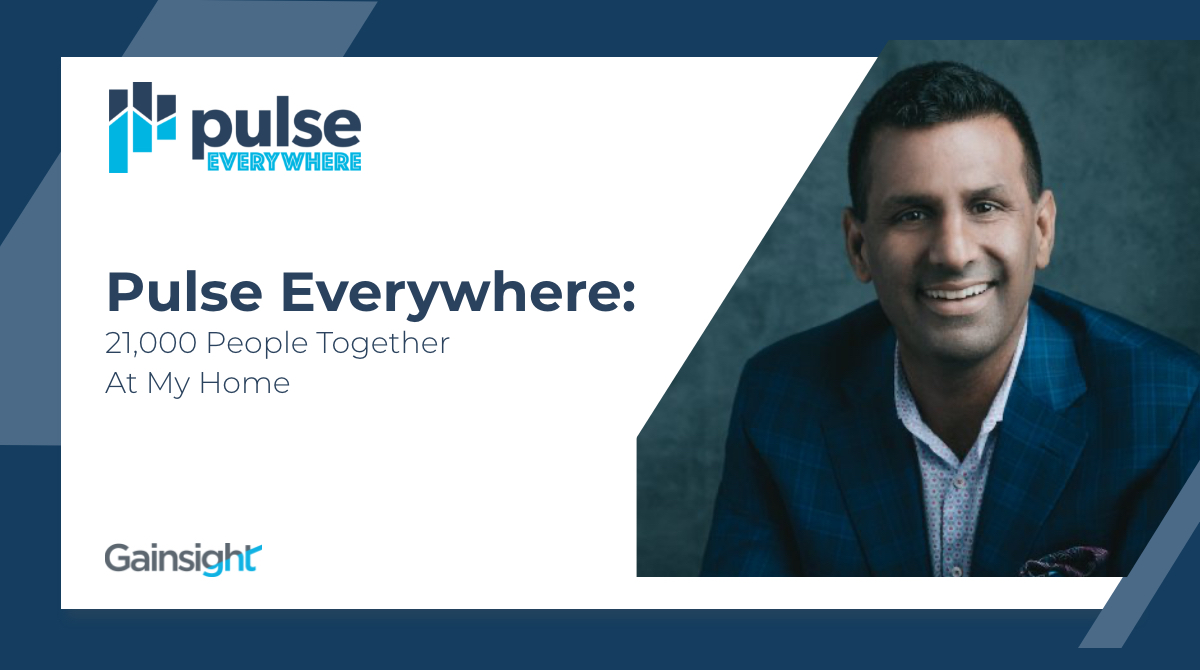
Look around you. What do you see? I see a guest bedroom. I see a desk crammed in the corner. I see a webcam. I see a screen that’s gotten pretty old. And occasionally, I see a kid come running in.
That’s it. There are no colleagues around to brainstorm whenever I have an idea. No high-fives to give when the company hits a milestone. No office chatter about last night’s game or the funny things people’s kids say.
While we do some of this virtually, we all know it’s not the same. As human beings, we need social connections. So it’s ok if you, like me, feel a little bit lonely.
Pulse 2019: Welcome Home
Let’s rewind a year to May 2019. Okay – maybe that feels like a century ago.
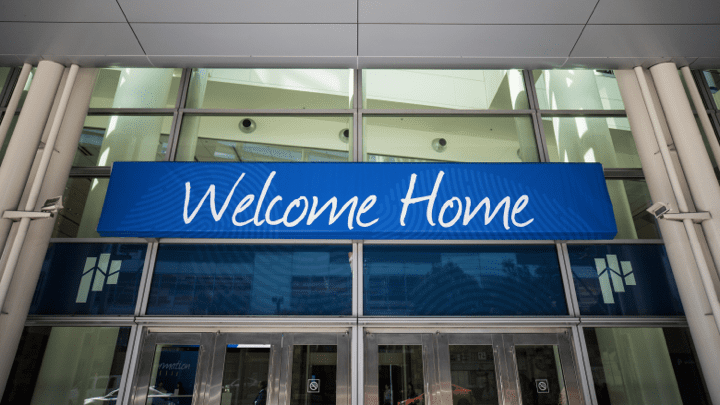
That month, Gainsight proudly held our seventh annual Pulse conference. For the first time, we were at the legendary Moscone Center in San Francisco. Above the lobby, we greeted our guests with a “Welcome Home” sign. The message was that for Customer Success and Product Experience professionals, work can feel kind of lonely in the office. At Pulse, we feel like we fit in. We’re finally with people who “get” us.
I expanded on why this theme meant so much to me personally in my keynote. Anyone that has seen my speeches before knows that I’m a sucker for “the feels.” So I channeled my inner Brene Brown for some vulnerability about loneliness.
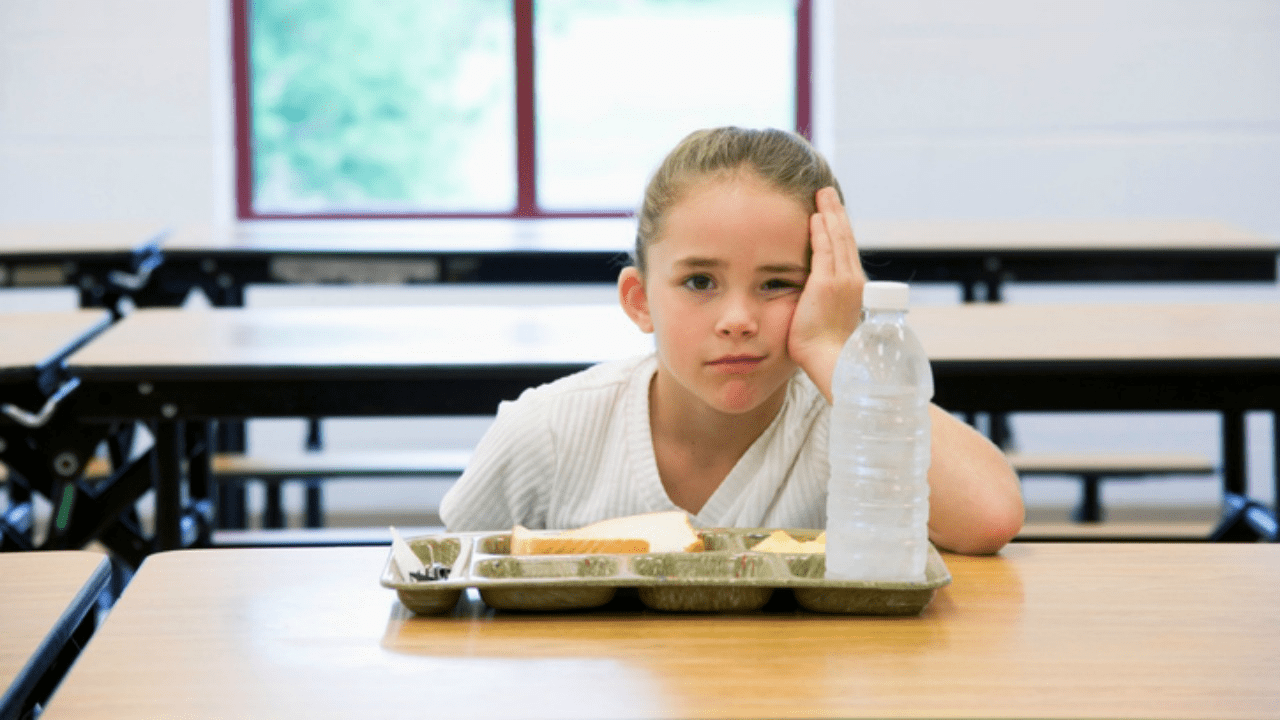
You see, loneliness isn’t just a convenient conference talk for me. Despite the fact that I now speak in front of large groups pretty much every day, I was the biggest wallflower you could imagine as a kid. I had almost no friends in my childhood. In high school, I really felt like I never fit in. As such, I ate alone pretty much every day from kindergarten to 12th grade. I vividly remember grabbing my food each day shamefully. Not wanting to face the ignominy of eating alone, I would hightail it to the computer lab and pretend to do my homework while I ate solo.
And despite the big audiences and non-stop meetings, I still feel alone even to this day. Do people really like me? Am I weird? Am I strange? Do I fit in? Am I worthy of them? I often don’t really know.
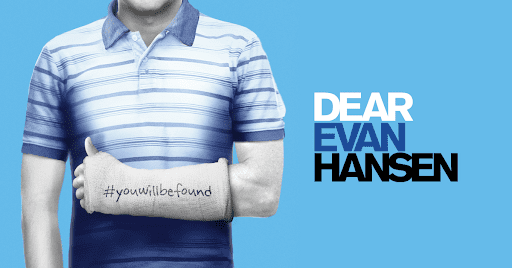
Last year, I talked about taking our daughter to see one of my now all-time favorite musicals, Dear Evan Hansen. The show explores how many of us feel alone – and that in that loneliness, we are actually connected. “Even when the dark comes crashing through, when you need someone to carry you, when you’re broken on the ground, you will be found.” If you haven’t watched it, the Zoom version with James Corden is pretty moving.
Pulse Everywhere 2020: Together @ Home
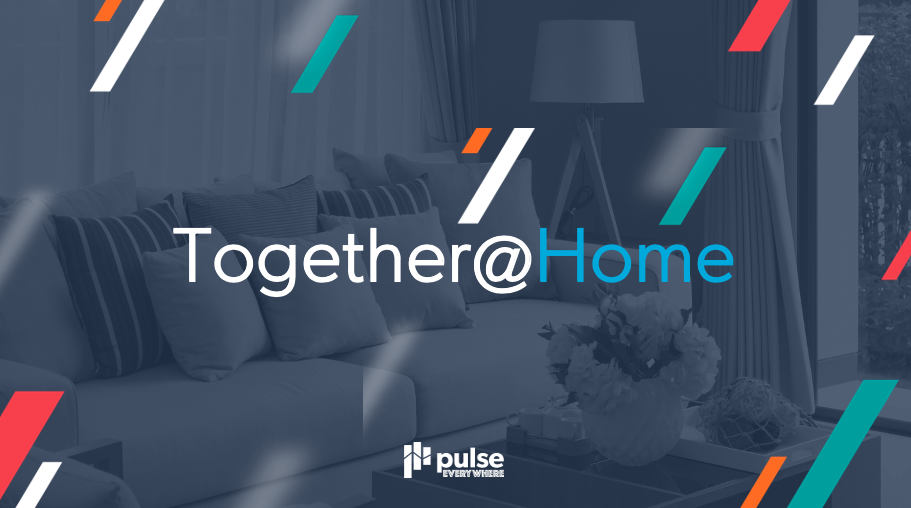
But how will we be found when no one can visit us? How can we feel close when we are distant by law?
That’s the question we contemplated when we realized we needed to make Pulse “virtual” (I hate that word, by the way). Pulse isn’t just a tech conference. There is something people feel when they are together that is an inkling of the connection that we all long for. I can say at least that this is how I feel about Pulse. Enterprise software is great and all but it’s not curing cancer (or Coronavirus) and it’s not flying cars into space.
At Gainsight, we talk about our purpose being “to be living proof that you can win in business while being human-first.” We genuinely believe there is another approach to work. Employees don’t have to be “assets,” even if they are “our greatest assets.” Customers aren’t transactions. Business success isn’t truly possible if the communities around us fail. We call this approach human-first business.
So we thought and thought. How can we make a human-first event with no humans physically present? How can we assemble as a community while remaining sheltered-in-place?
As we pondered, we looked at the registration count. A few hours after we announced Pulse Everywhere, we had already exceeded the 5,000 people that attended Pulse 2019 in San Francisco. Then we hit 6,000. We thought “could we do 10K?” As the numbers went up, we decided to have fun with it. We got my family involved and created challenges for each milestone. At 12K, my kids threw pies in my face. At 14K, our 7-year-old gave Daddy a makeover. At 15K, she made me eat chili peppers while I read her a storybook. A side note is I learned that our little girl really enjoys tormenting her dad!
Pulse Everywhere 2020 is by far the biggest Pulse ever – almost 4X as big as last year.
And at some point, it hit us. Yes, we are physically alone. Yes, most of us are on our own, literally. Yes, we are stuck in our homes. Yet the community of Pulse wants to be together more than ever. And as we met the keynote speakers, we saw their homes, their pets, and their kids. Our presenters and attendees were more “human” than ever before. Although Pulse is on our computers this year, it feels like we’re more together than ever before.
At Pulse Everywhere 2020, we are Together At Home.
In the Neighborhood At Pulse Everywhere
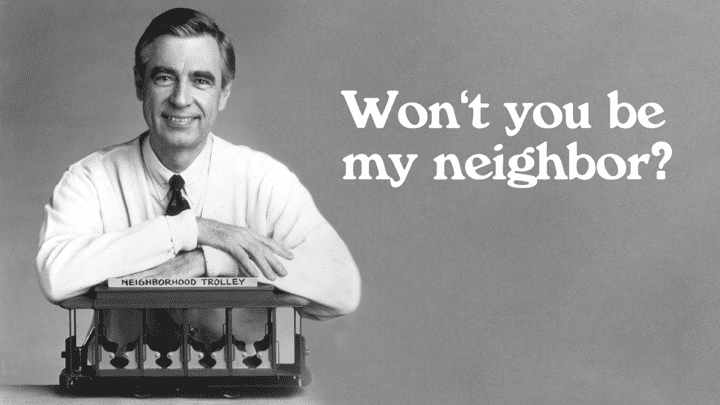
In my keynote, I talked about this notion of “Together At Home” and how it immediately made me think of “Mr. Rogers” from the beloved children’s television series Mr. Rogers’ Neighborhood. If you haven’t seen the show, Fred Rogers is the embodiment of goodness. His mission in life was to make children feel comfortable in this sometimes-scary world.
And Mr. Rogers was on my mind because we decided, in these anxious times, to show our children (14, 11 and 7) an episode of the show each day.
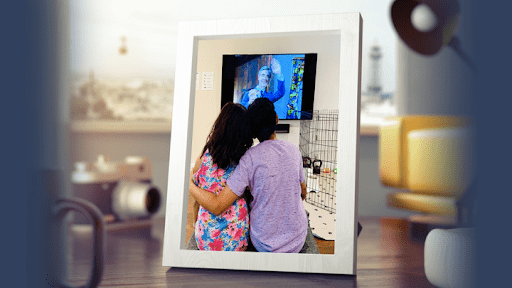
I shared how I feel like Pulse itself is a great big neighborhood, with each of us supporting each other, through good times and scary ones.
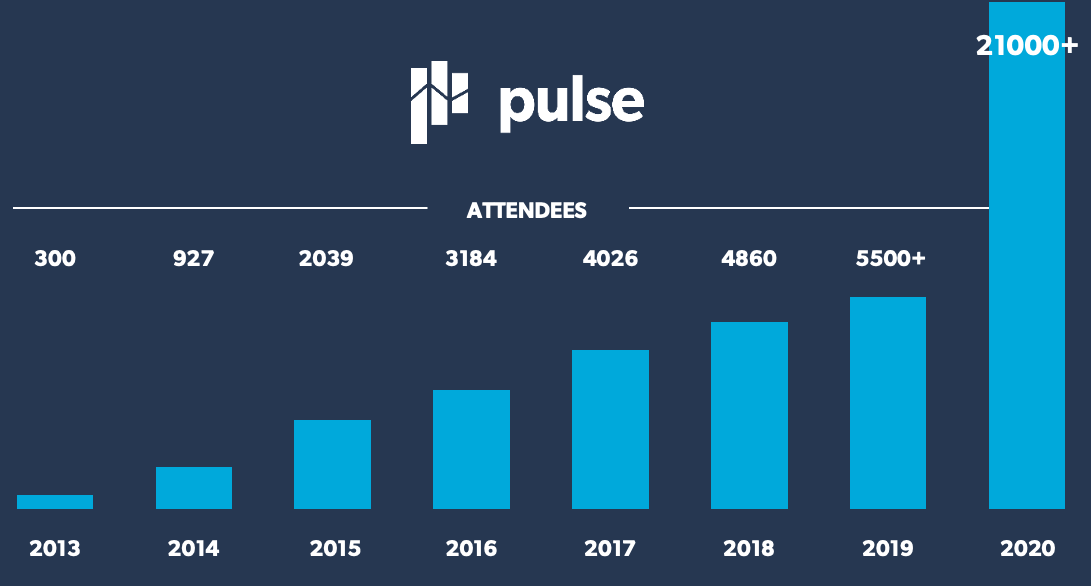
And increasingly, we depend on our “neighbors” in the pursuit of true company-wide Customer Success. It’s not just about the CSM team anymore. Pulse Everywhere 2020 hosted hundreds of leaders from Product Management, Sales, and other functions.
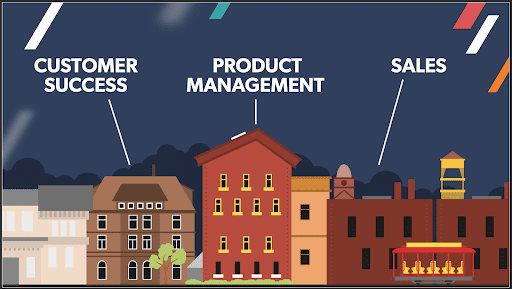
I challenged the audience that Customer Success, in the truest sense, is about creating a neighborhood for your customers as well. We hope Pulse can be an example for what customer community is all about.
Broken Windows
In closing, I shared that we adults need Mr. Rogers’ spirit now more than ever. I still remember meeting our local Pittsburgh hero as a kid.
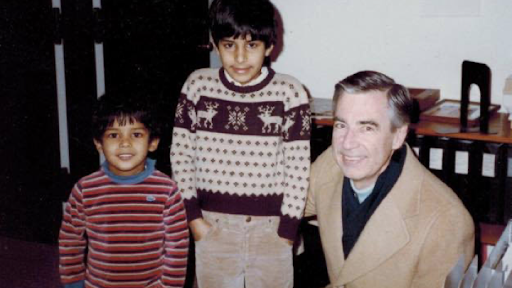
One idea Mr. Rogers’ embraced is that all of our feelings are “mentionable and manageable.” We should be comfortable talking about things that don’t feel good. Not everything is awesome.
I know many of us are struggling at home right now. On one hand, if we work in technology, have our health, and still have a job, we recognize the good fortune we have. We are still getting paid. We can work from home. We aren’t sick in a hospital. We are so much luckier than so many.
Yet that doesn’t mean everything is perfect. Parents of young kids are boomeranging from the role of homeschool teacher to corporate employee to dishwasher and back again with seemingly no break, as described well in The Parents Are Not OK. Workers have to focus on their companies and clients while thinking of loved ones who are sick with the effects of COVID-19. And we all live day-to-day with the anxiety and dread of the present and of the future.
Even in our highly privileged lives at home personally, challenges show up. Our son (11) is a wonderful boy who is on the Autistic spectrum. That makes him so special and loving for us. And it also means he experiences “big” emotions.
A few weeks ago, I was working away on a video call (as always) and heard a distant noise in the house. It was the typical sound of children where it could either be ecstatic joy or agonizing anger. After the meeting finished a minute later, I walked upstairs to assess the situation. Our daughters (14 and 11) were crying and hugging each other. My wife was unnerved. And our son was looking at his feet ashamedly. I walked into his bedroom to find that he had gotten upset and swung his tennis racket in anger, shattering his bedroom window. Being that we can’t bring repair people into our house right now, my wife and I decided to MacGyver the situation (well actually she is MacGyver and I am her hapless sidekick!) with some duct tape and cardboard.
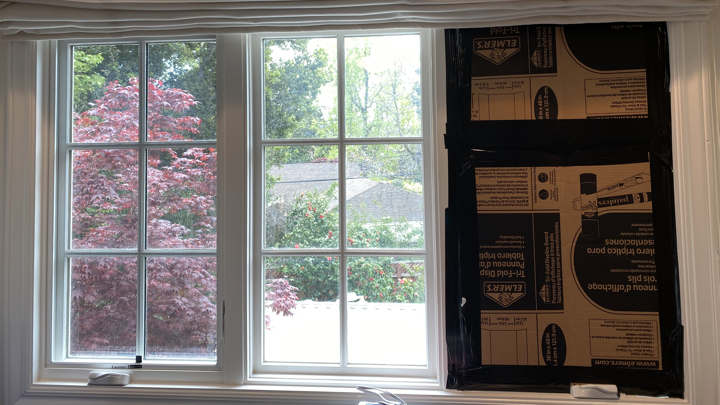
We all have broken windows in our work and our lives right now. If we don’t admit that, we feel alone. We need to all realize that it’s okay to not be okay. When we accept that, we realize we are all in this together.
Together
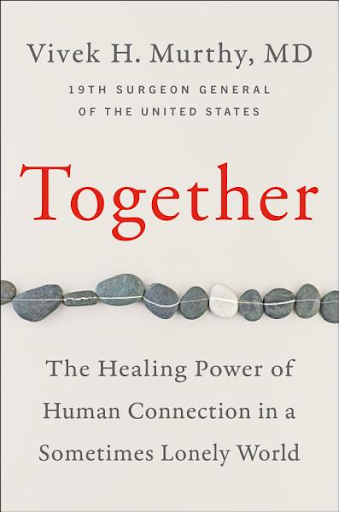
In closing, we need each other more than ever. We need to be our vulnerable and human-first selves. This crisis has revealed that we have nothing else if we don’t have our humanity.
In this spirit, I was happy to read a new book, Together, by the former Surgeon General of the United States, Dr. Vivek Murthy. Dr. Murthy has spent his career understanding health and thinking about public policy. What he discovered is that one of the biggest threats to our overall well being, beyond diabetes, heart disease, drug addiction and other well-known issues, is loneliness.
With technology, global travel, and other trends, we are, as a society, more lonely than ever. Dear Evan Hansen’s theme was spot on.
Together challenges us to remember something that we already know. Our species has evolved to depend on each other. We need community and connection. We need togetherness. We need that in our home lives. And as human-first businesses, we need that at work too.
As Dr. Murthy says, “we are better together.” Together – even if we are at home.
If you haven’t yet, come join us to be together at Pulse Everywhere. Register here.
